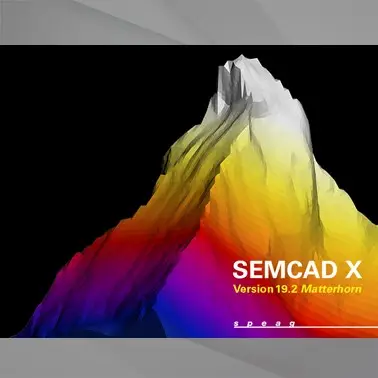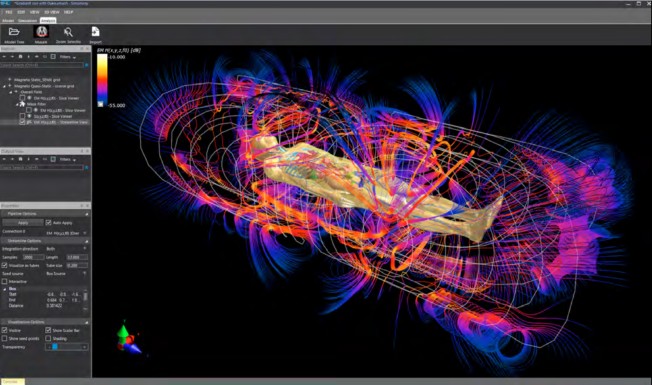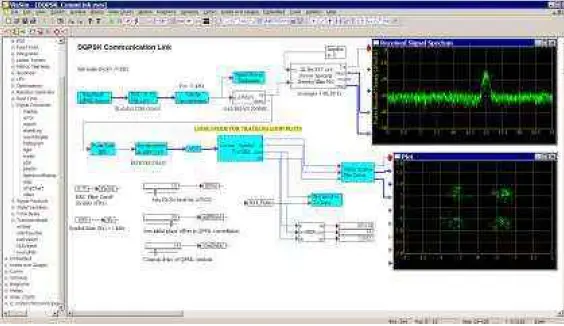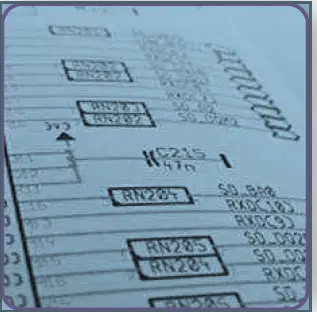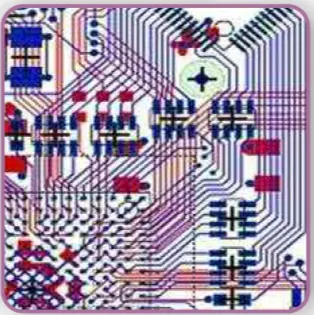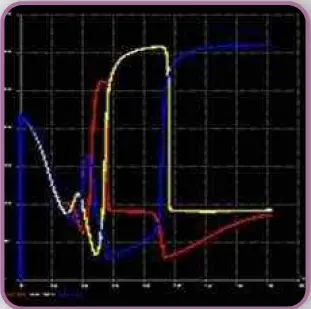Microsoft Campus Agreement Program
What is the Campus Agreement program
The Microsoft® Campus Agreement is a subscription licensing program for higher education institutions. Campus Agreement can meet your technology needs without breaking your budget. It is a simple and quick way to get quality licensed software product for your faculty, staff, and students.
How does the Campus Agreement program work
It’s easy. You just count the number of Full-Time Equivalent (FTE) employees you have—both faculty and
staff. Then choose the application, system and Client Access License (CAL) products you want your
FTEs to use. You can also individually license server products. Your institution can run the licensed
product during your 12-month or 36-month licensed period. You’re licensed for all product upgrades and
downgrades during the licensed period. If you have a one-year subscription, your institution can extend
the temporary licenses each year with an extension order. If you have a three-year subscription, your
institution submits an anniversary order at the end of year one and year two. At the end of year three, you
can start a new subscription with a new subscription enrollment. If you choose not to extend your
subscription, you can either convert your temporary licenses to perpetual licenses through the Buy-out
option or remove the licensed product from your desktop Pcs.
What products can I get through Campus Agreement
With Campus Agreement, you can license the most current versions of any available Microsoft products.
Please refer to the Microsoft Volume Licensing Product List to see these products. You can choose as
many products as you like. (Minimum order requirements apply.)
Can I add products during my licensed period
Yes. Under Campus Agreement 3.5, you can add products to your coverage during the licensed period by
ordering them from your reseller. The licensed period for your additional products expires when your
initial annual licensed product order expires. Also under Campus Agreement 3.5, when you order a new
product, you will be charged a pro-rated price based on the number of months left in your annual term,
with a minimum six-month rate. So if you add a licensed product at month three, you will pay for nine
months (.75 x the annual price). If you order the new product at month nine, you will pay for six months (.5
x the annual price).
What is the pricing for Campus Agreement
Pricing for some Campus Agreement application, system, and CAL products is tiered and depends on
how many FTEs you have. Server products are priced individually. For exact pricing, please contact an
Authorized Education Reseller (AER) or local reseller in your region.
Do Campus Agreement customers receive the benefits of Software Assurance
Yes. Software Assurance membership is included with your Campus Agreement coverage, which entitles
you to product upgrades during the subscription term, resources and tools such as Home Use Program,
TechNet, and E-Learning courses. For details, visit the Software Assurance Web site or consult the
Microsoft Volume Licensing Product List.
How does my institution get media for the products in the subscription
You are automatically shipped one complimentary Starter Kit containing CDs or DVDs for the Campus
Agreement licensed products you ordered. You are also then registered for one complimentary Update
Subscription. With this subscription, you automatically receive a CD or DVD when a product you are
licensed for releases an upgrade or update during your subscription’s term. Your complimentary Starter
Kit and Update Subscription include media for up to two languages. If you require media for more than two
languages, you may order additional Starter Kits and Update Subscriptions from your Reseller.
Can the faculty and staff licensed under Campus Agreement use the licensed product at home
Yes. For no additional license cost, you can take advantage of faculty and staff Work At Home (WAH)
rights for any of the application, system, and CAL products you order for institution use. With these rights,
the primary user of a campus desktop PC can use the licensed product on a home desktop PC for work.
Users are not licensed to use the WAH licensed product at home for personal use. The school may incur
some costs for obtaining and distributing the WAH media. Also, under Campus Agreement 3.5,
institutions can take advantage of the Home Use Program (HUP), a benefit of the Microsoft Software
Assurance coverage included with the agreement. With HUP, your faculty and staff members can get
Microsoft Office system software to use on their home desktop PCs for both work and personal use at a
nominal cost. Providing the HUP licensed product is easy for your institution. Once your Software
Assurance benefits administrator activates the benefit, individual faculty and staff members can order
and pay for shipping of their licensed product online. Please note that institutions are not permitted to
provide licensed product with the same title to any individual faculty or staff member using both HUP and
WAH. For personal use, faculty and staff are also eligible to acquire specially priced Academic Edition full
packaged products
When students graduate, can they legally keep the licensed product on their own desktop PCs
Yes. On graduation, students licensed under the Student Option are granted perpetual use rights for the
selected Campus Agreement products. Note that you are responsible for ensuring that graduating
students with perpetual use rights receive a Student License Conrmation when they leave school. Your
institution must have a Student Option agreement in place when the student graduates so that it can
distribute the Student License Conrmation. Example: A university enters into a Campus Agreement on
August 1, 2007. It signs up for the Student Option and orders Ofce CDs for students. In January 2008,
100 students graduate. These students are legally licensed to keep the licensed product on their personal
desktop PCs when they graduate. If the university decides not to renew its Campus Agreement Student
Option on August 1, 2008, all remaining students must remove the licensed product from their desktop
PCs. If the university has not renewed the agreement and students graduate after August 1, 2008, they do
not legally own the product license(s) and must remove it from their desktop PCs

